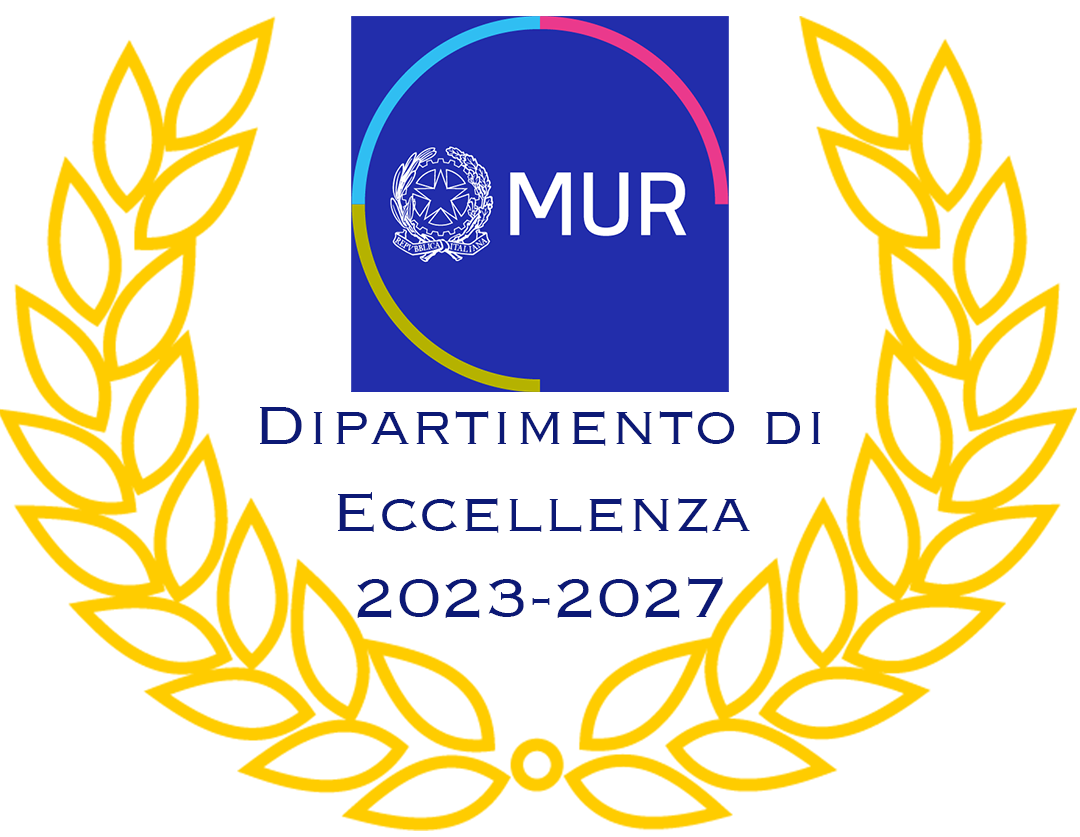CFU: 3 CFU – 15 ore
Inizio Corso: 17 settembre 2021
Termine Corso: 15 ottobre 2021
Orario: Venerdì 9.30 – 12. 30
Modalità: A distanza
Lingua: Italiano
Il corso può essere seguito anche da studenti delle Lauree Magistrali e dà diritto all’acquisizione di 3 CFU come ulteriori conoscenze.
Insegnamenti Propedeutici: Conoscenze di base di acustica e fluidodinamica numerica.
Obiettivi Formativi:
Lo scopo del corso è di fornire le conoscenze sui principali fenomeni aeroacustici nell’ambito dei sistemi di traporto e propulsivi aerei, marini e terrestri. Le conoscenze e gli strumenti forniti sono finalizzati a fornire le capacità necessarie per comprendere e modellizzare i suddetti fenomeni aeroacustici.
Contenuti:
Il corso prevede 15 ore di didattica tra lezioni ed esercitazioni. Gli argomenti sviluppati durante il corso sono i seguenti:
- The role of aeroacoustics for the sustainability of the transport systems. Electrification of transport systems and Urban Air Mobility. European research programmes (H2020 and next Horizon Europe). Noise sources in the aerospace, automotive and marine fields. (3 ore).
- Basic principles of physical acoustics: acoustic pressure, PSD, SPL, A-weighted scale, correlated and uncorrelated sources, frequency spectrum, tonal and broadband components of a frequency spectrum, propagation in free-field, near-field and far- field. Introduction to Computational Aeroacoustics (CAA) for the study of the aerodynamically generated noise. Direct CFD approach and hybrid approaches based on the acoustic analogy. Numerical CFD methods for sound generation. LES against RANS-based approaches for turbulence-induced noise; unsteady CFD for interactional tonal noise. (3 ore).
- Lighthill analogy and turbulence-induced noise, derivation and free-field Green-function; scaling law for jet noise. Vortex sound analogy (Powell, Howe, …) and Linearized Euler Equation (LEE). Numerical approaches (Boundary Element, Fast Multipole Method, Finite Element, Discontinuous Galerkin Method). Examples and applications (3 ore).
- Ffowcs-Williams Hawkings analogy for body in arbitrary motion; Derivation of Farassat formulation; Solid and permeable formulations. Scaling law for rotors. Examples and applications (3 ore).
- Explanation of practical applications and exercises for exam (3 ore).
Modalità didattiche:
Lezioni ed applicazioni.
Modalità di verifica dell'apprendimento:
Due quesiti riguardanti gli argomenti trattati nel corso; Presentazione e discussione di un lavoro di gruppo.
Riferimenti:
Barbarino Mattia M.Barbarino@cira.it
I lezione venerdì 17 settembre 2021: link



